Home > Knowledge center
Dairy Farming Articles - Afimilk Knowledge Center
Read dairy farming articles in our blog to learn more about the different aspects of running a dairy farm - automation, business analysis, advanced tools and more.
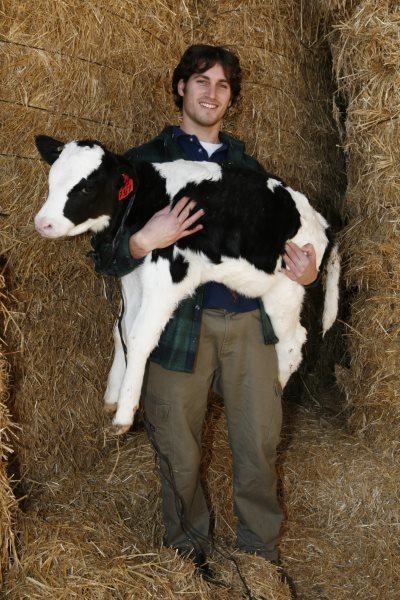
Israeli design forms basis for modern South African farm
The most southern province of South Africa is called Western Cape. This region has the largest dairy operations in the country as well as the most registered Holsteins. Because the area is not suitable for the production of high-quality forage, they are very focussed on performing as well as possible in all aspects – here is their story.

They share their best buys
With today’s high production costs, spending your money wisely is more important than ever. Simply said, investments must pay for themselves. We asked Hoard’s Dairyman where they get the most bang for their bucks.
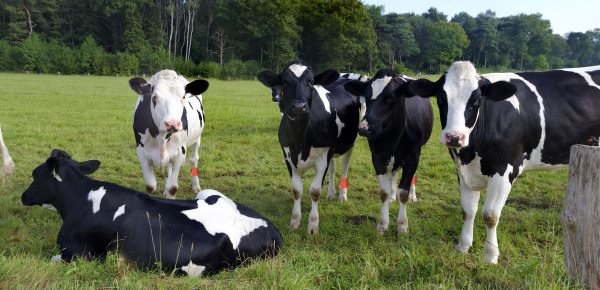
Heat-stress effects on dairy cattle behavior
Resting time is inversely correlated with milk production and directly correlated with gestation length. Based on readings of thousands of cows fitted with pedometers in multiple farms, Afimilk has measured 500 to 700 minutes per day as the normal resting time for lactating dairy cows.
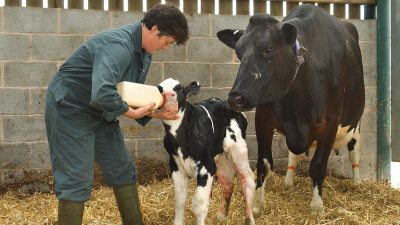
33 Activity monitors: More than just heat detection
Automated heat detection systems are making this possible in today’s industry. However, most systems on the market, including AfiAct, are able to provide the producer with more than just a heat detection tool.
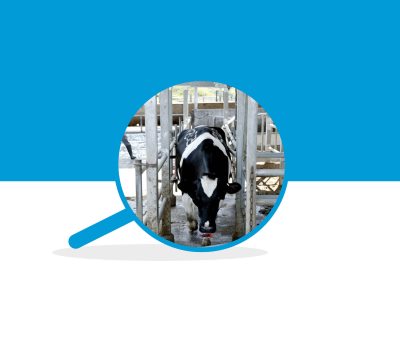
Online evaluation of milk quality according to coagulation properties for its optimal distribution for industrial applications
Under prevailing practices milk delivered to dairy plants is graded upon reception, according to acceptable standards of hygienic quality. In most countries, these standards include upper limits on transportation temperature, bacterial counts, antibiotic residues, and SCC (McLaughlin, 2006; USFDA, 2007).
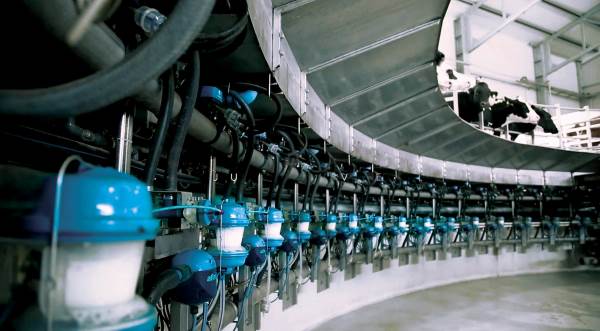
Influence of intramammary infection of a single gland in dairy cows on the cow’s milk quality
Intramammary infection (IMI), comprises a group of costly diseases affecting dairy animals worldwide. Many dairy parlours are equipped with on-line computerised data acquisition systems designed to detect IMI. However, the data collected is related to the cow level, therefore the contribution of infected glands to the recorded parameters may be over estimated
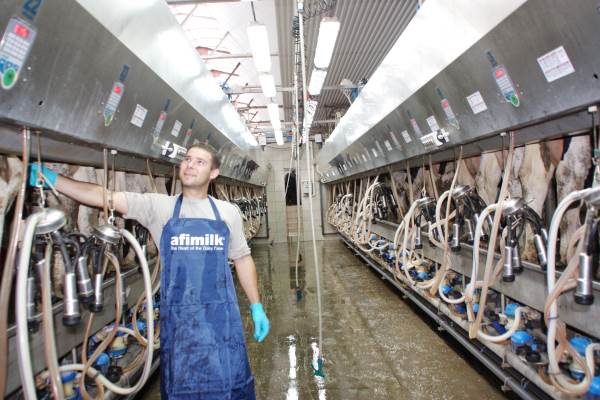
Employing AfiLab™ for commercialized real time, on-line milk separation according to its clotting properties
The composition of raw milk for a required dairy product has a direct influence on yield, taste and on process optimization. For cheese manufacturing, these are determined mainly by the level of milk constituents and it’s coagulation properties, i.e., rennet clotting time (RCT) and curd firmness (CF)
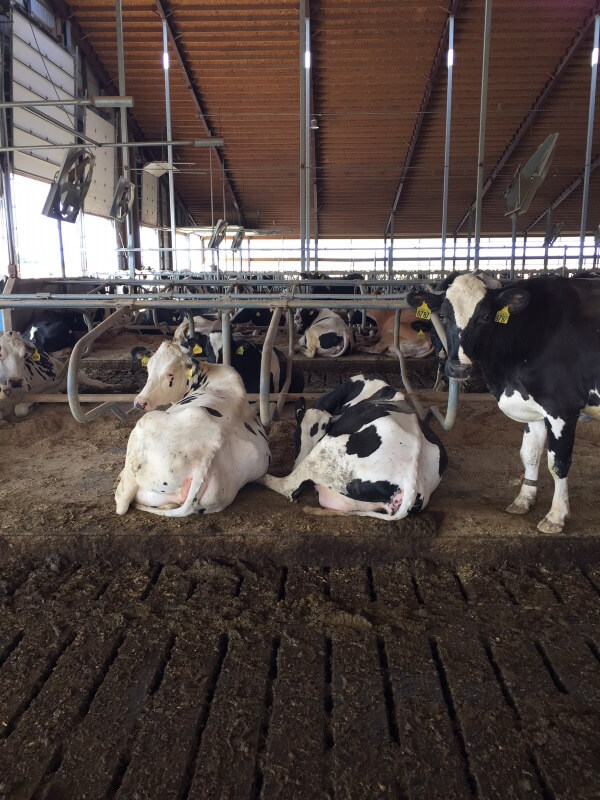
Effects of Cow Comfort on Milk Quality, Productivity and Behavior
The behavior of dairy cows is dependent on the interaction between the cows and their physical environment. In the “big picture”, the physical factors of the facility (stall design, flooring type, feed bunk design, environmental quality) impose baseline limitations on how the cows will interact with the housing conditions. Within these limitations, the ability of cows to engage in natural behaviors is further dictated by management routines such as grouping strategy and stocking density
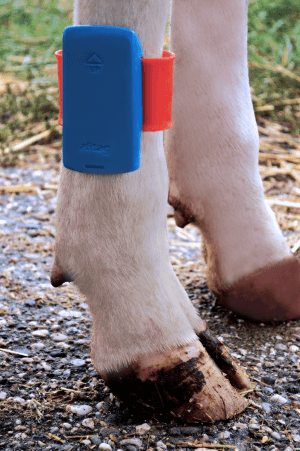
The Multifactorial Approach to Fertility Problems
Feeding for efficient milk production leads in modern dairy practice. Efforts to maintain production and fertility at optimal levels under given market, husbandry and feeding conditions, often fail. Yet, financial
losses for an “open day” are estimated in various studies to be 2.5 to 5.0 US$.
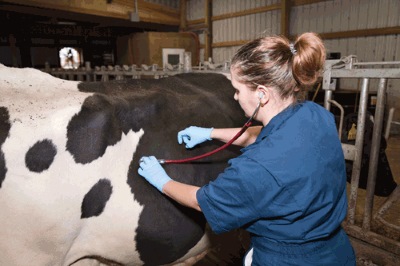
Automated measurement of lying behavior for monitoring the comfort and welfare of lactating dairy cows
Lying behavior is often used as an indication of well-being in cattle and for evaluating the stall quality. The use of electronic data loggers to automate behavioral recording has become increasingly common

General Management Practices – from Heifer to High Producing Dairy Cow
Each stage in an animal’s development is important but there are three main parts in managing females for reproduction. Develop a proper nutritional balance for growing heifers, post-partum cows, and transition cows.

Extra Production – at What Cost?
Under the present prices, farmers use milk substitutes for young calves instead of whole milk, discarded milk (antibiotic or with high SCC) excluded. This amount should be reduced, and
the breach of the biological security should not be underestimated, especially in herds that adopted any disease eradication programs.
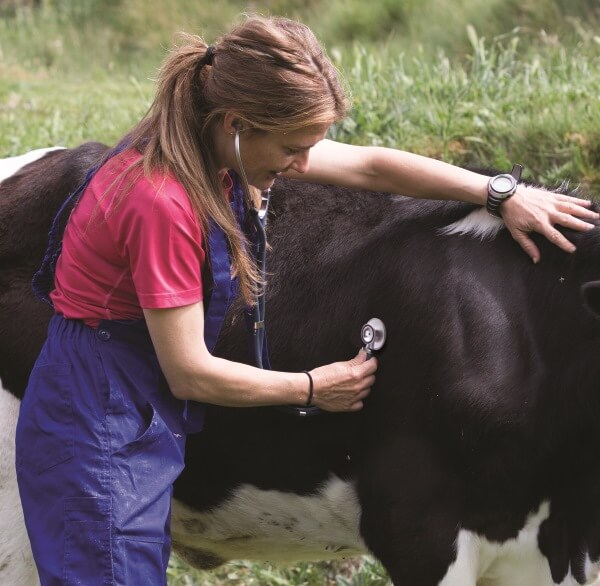
Achieving Optimal Cow Performance with the Aid of Information Systems
Control of production Diseases often involves various disciplines and therefore calls for a “multivariate approach”. Such an approach, centered on the herb, had led to the adaptation of integrated programs of the herd health,
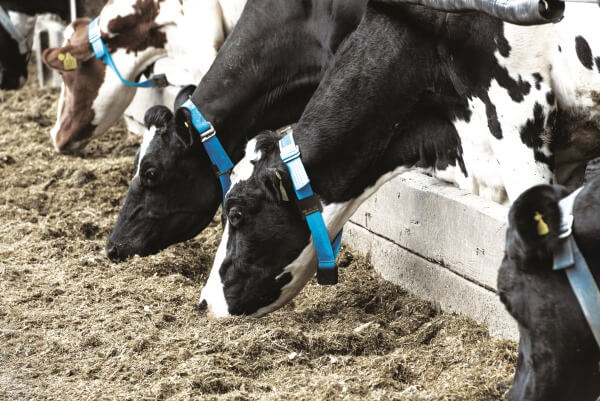
New parameters to aid in the diagnosis of disease in post-partum dairy cows
Disease in fresh cows is probably the factor with the most devastating effects on milk production and reproductive performance. The objective of this study was to evaluate parameters that can be easily measured on a farm to determine their ability to detect subclinical disease in fresh cows
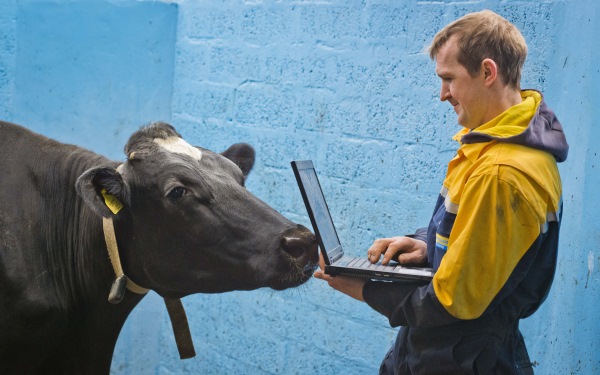
Early detection can prevent costly losses
Early detection and intervention are obviously critical for preventing major losses, but the vast majority of ketosis cases are subclinical, meaning there are no overt signs of disease.
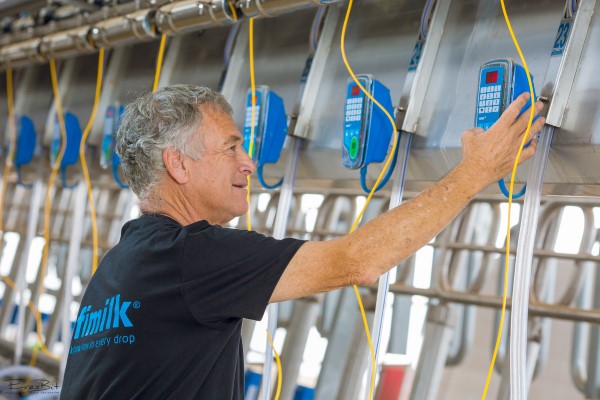
The Seven Habits of Highly Successful Milking Routines
The objective of milking management of properly functioning milking management is to ensure that teatcups are applied to visibly clean, well-stimulated teats, that milk is harvested rapidly and efficiently, and that milking units are removed when milking is completed
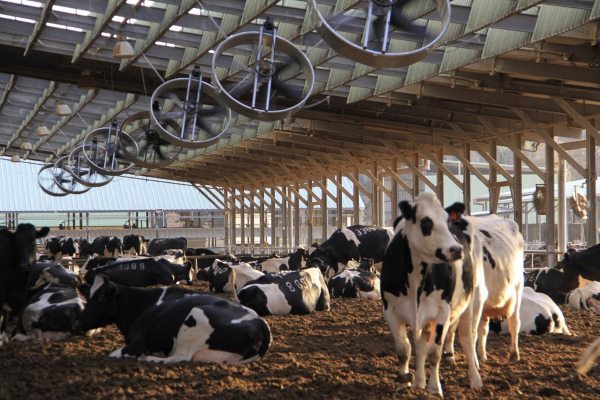
Animal Welfare Guidelines for DAIRY FARMERS
Animal Welfare Guidelines For dairy farmers.
An introduction by Professor Patric Fottrell.
Chairperson of the Farm Animal Welfare Advisory Council
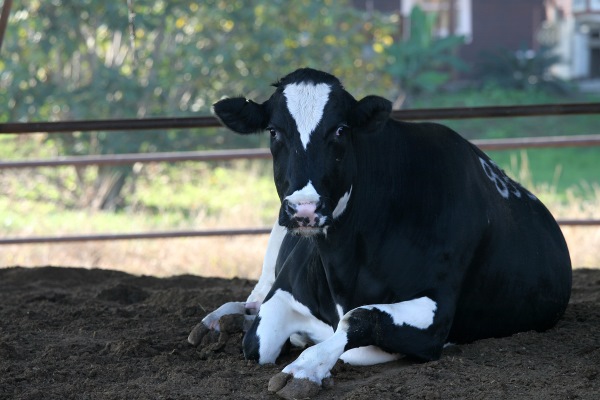
Subclinical ketosis in post-partum dairy cows
Cows with concentration of ketones in blood ≥1.2 mmol/L in early lactation had a higher risk of PVD and lower 6-week PR. Cow and herd-level prevalence of SCK varied widely in early lactation.
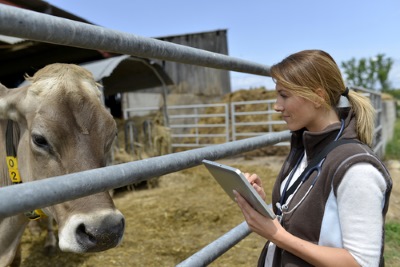
Early Detection Of Clinical And Sub-Clinical Mastitis
Mastitis is the most costly disease affecting daily cattle. Losses occur from decreased milk production, treatment and labor costs, non deliverable milk, veterinary fees, reduced milk quality, reduced milk price, increased risk of subsequent mastitis, culling and death of the cow.
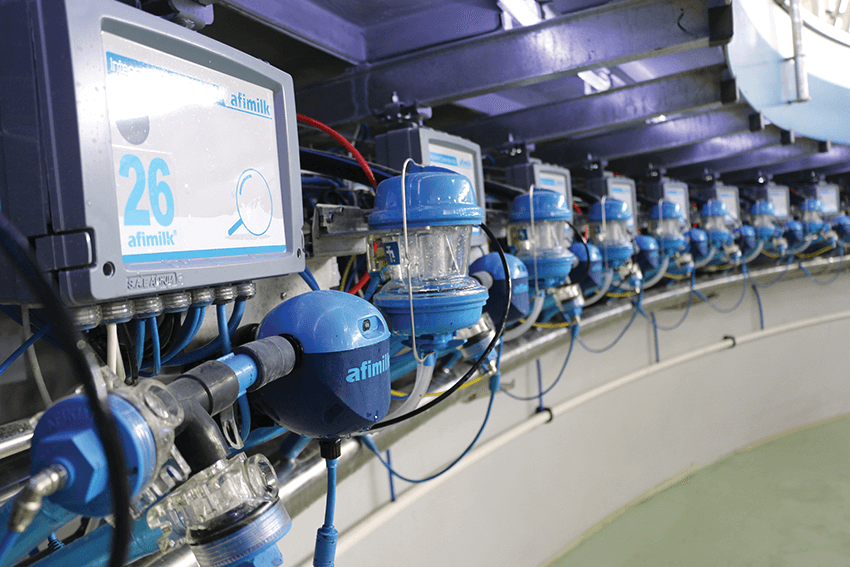
Diagnosis of Mastitis and Diagnostic Methods
The amount of swelling, severity of pain and the overall appearance of the cow will indicate the severity of infection and serve as a guide for the course of treatment
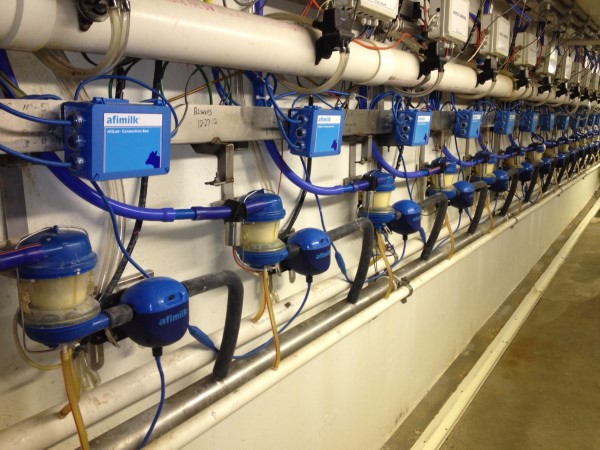
Daily Monitoring of Energy Balance
There is a direct relationship between body condition deterioration and conception rates in dairy cows, due to disruption in liver metabolism
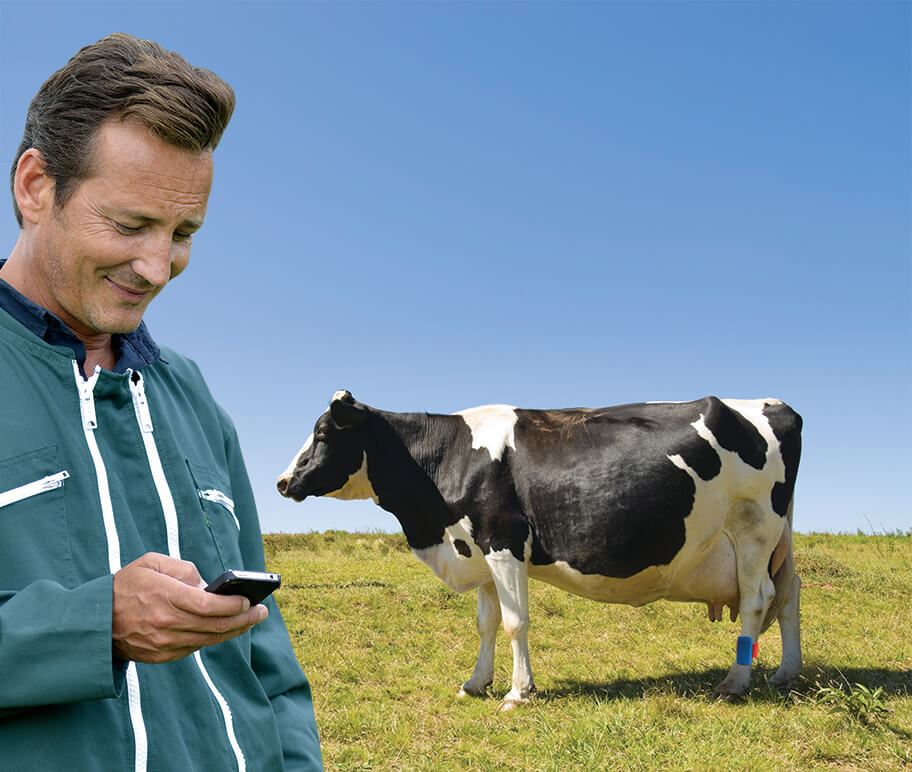
The Benefits of the Afimilk Heat Detection System
It was found that the computer system contributed markedly to the cows’ productivity and profitability
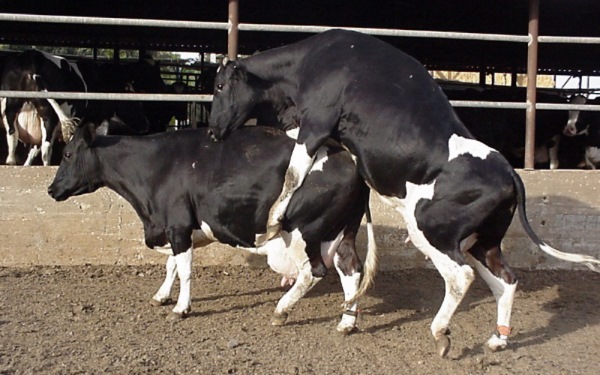
Importance of Estrus Detection on Dairy Farms:
On the dairy estrus detection is the deliberate act to monitor and record the event of estrus and if artificial insemination (AI) is the method of reproduction, the breeding of the cow takes place at this time
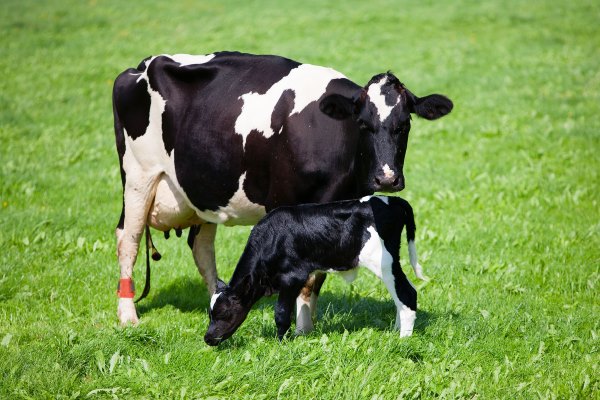
Fertility Report in AfiFarm
The fertility reports of the Dairy Records Processing Centers in some countries, including Israel, contain data about distribution of the length of the cows’ cycles in the herd. The percentage of “double cycles” (36-60 days) indicates above all the efficiency of heat detection.
The lower the percentage of double cycles, the greater the efficiency of heat detection. According to the HACHAKLAIT – the cooperative society for veterinary services – the goal of Israeli dairy cows’ reproductive management is less than 18 percent of double cycles.
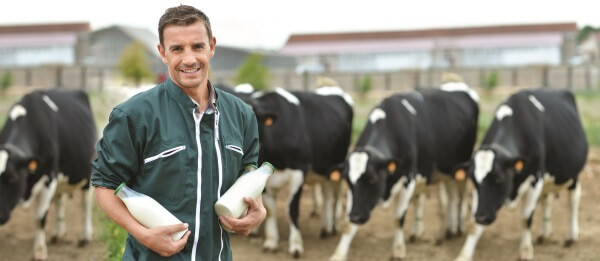
Detection and Prevention of Milking Routine Problems
A study was carried out to examine if computer monitoring of the dairy herd can help in the assessment of the milking routine on individual farms, to advise on possible shortcomings, and to monitor recommendations on improvements to the milking routine, particularly violations of “overriding” the ACR settings.

The practice of body condition scores of dairy cows in Israel
Body condition score (BCS) allows the cattle producers to assess the nutritional status and the changes in the energy balance of cows during various production stages. The importance of evaluation of BCS for effective dairy management is well known.
The uniform BCS system was developed in 1989 by A.J.Edmondson and simplified in 1994 by J. Ferguson at the University of Pennsylvania. The cows are typically scored on a 5-point scale from 1 indicating thin to 5 indicating obese. Recently, the dairy extension veterinarian of Illinois University R.L. Wallace described in detail in “Hoard’s Dairyman” of September 25, 2000, “What condition scoring can tell you”.
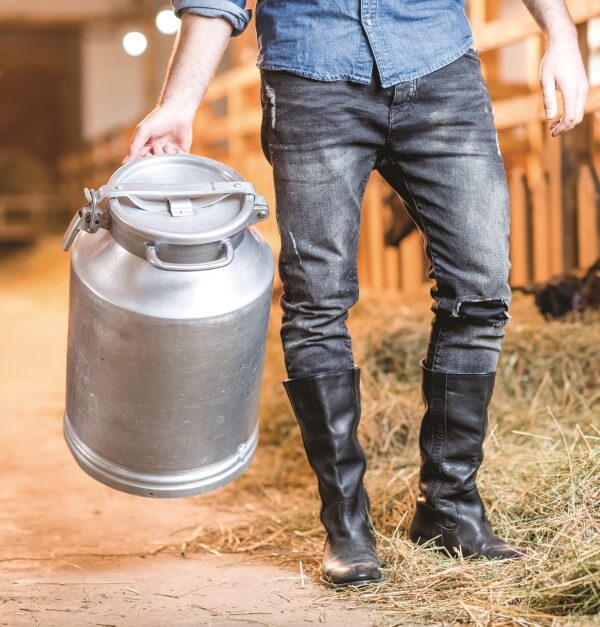
Influence of milk yield and take-off settings
The first aim of this study was to monitor parlour performance in high producing Israeli herds using the parameter proposed by Reid and Stewart (2007) for herds milked three times daily, 55 kg milk/stall/hour. Milk yield, somatic cell count and the culling rate were monitored correspondingly.
The second aim was to examine if by increasing manufacturers default take-off settings in Israel, there will be no detrimental effect on parlour performance and udder health (SCC).
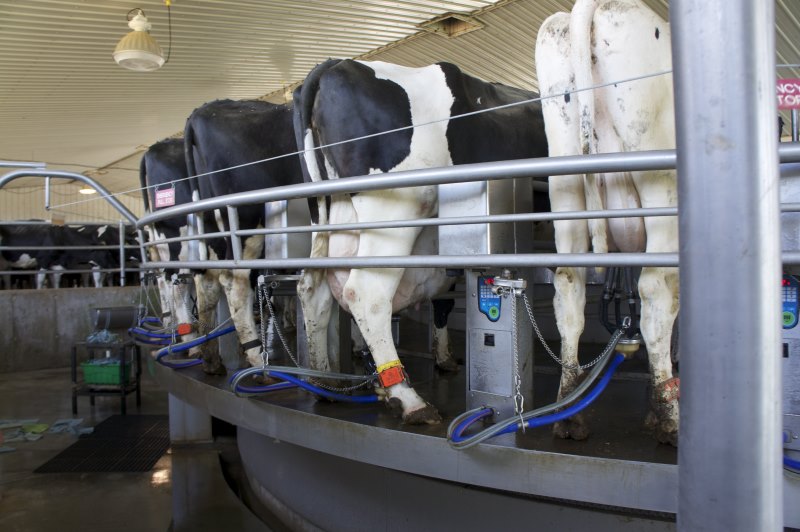
New Tools for Measuring the Effect of Stimulation
For many dairies, the parlor is the limiting constraint. If the parlor is being fully utilized, increasing the amount of milk harvested per hour is the only alternative to building a new parlor or enlarging the existing parlor
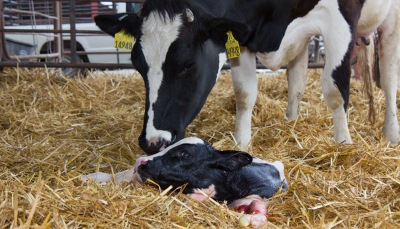
Automated Monitoring of Dairy Cows’
Automatically monitored behavioral (feeding and locomotor) irregularities of Israeli Holstein cows were investigated in three dairies in relation to animals’ health status and stress conditions. Feeding behavior patterns were analyzed on the base of automatic on-line recording of feeding events. Indices of feeding behavior irregularities were proposed.
Long lasted feeding behavior irregularities were accompanied by poor health related parameters: higher milk Somatic Cells Count and conductivity, greater body condition loss toward first insemination, and increased cooling rate.
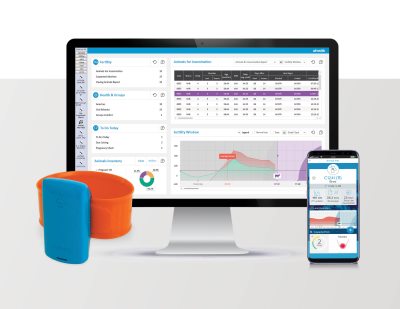
Proper control brings positive returns
“About three years ago I was in an aggressive expansion phase. For me to get a good quota, I had to get my cow numbers up quickly. When I got the chance to acquire an Ayrshire herd, I not only could up my milk production, but it also offered me the opportunity to differentiate a little bit in terms of the price I receive for my milk, Ayrshire milk being regarded as different from Holstein milk.”
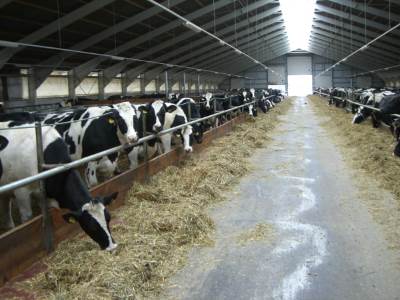
Put your cows on auto control
The system makes it possible to take care of each cow individually, even if it is part of a very large herd. As a matter of fact, the larger the herd, the sooner the system will be able to “pay for itself”. The Afimilk dairy management system is a product of SAE Afikim, a company that has specialized in computerized systems for the modern dairy farm for the past 30 years.
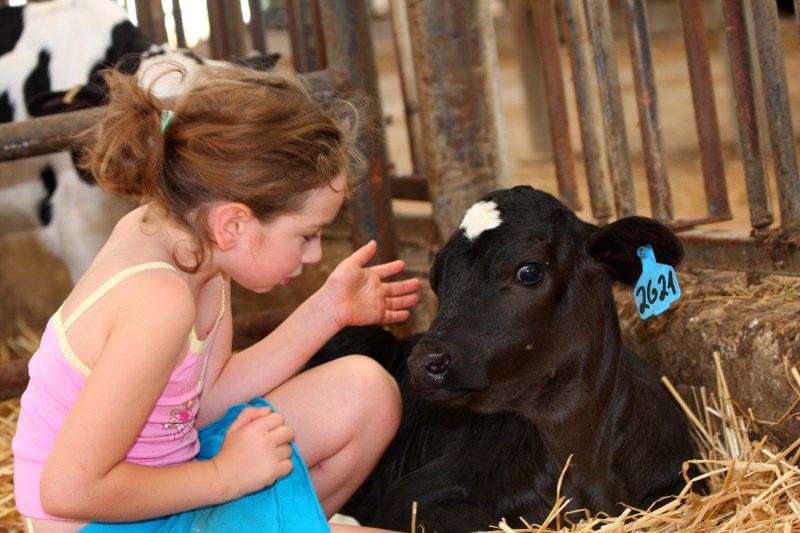
Dairy Guidelines Raising Calves
The greatest effect on inheritance will come from the sire you select. Selecting bulls with high PTA’s for production and type offers the greatest opportunity for improvement in a herd
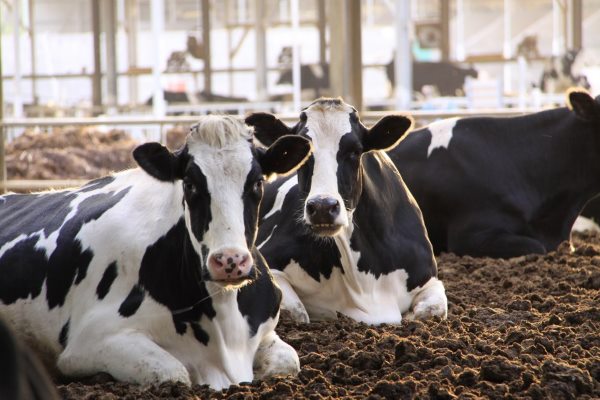
Cow Welfare – the Afimilk way
Cow welfare has become an integral part of better-quality management
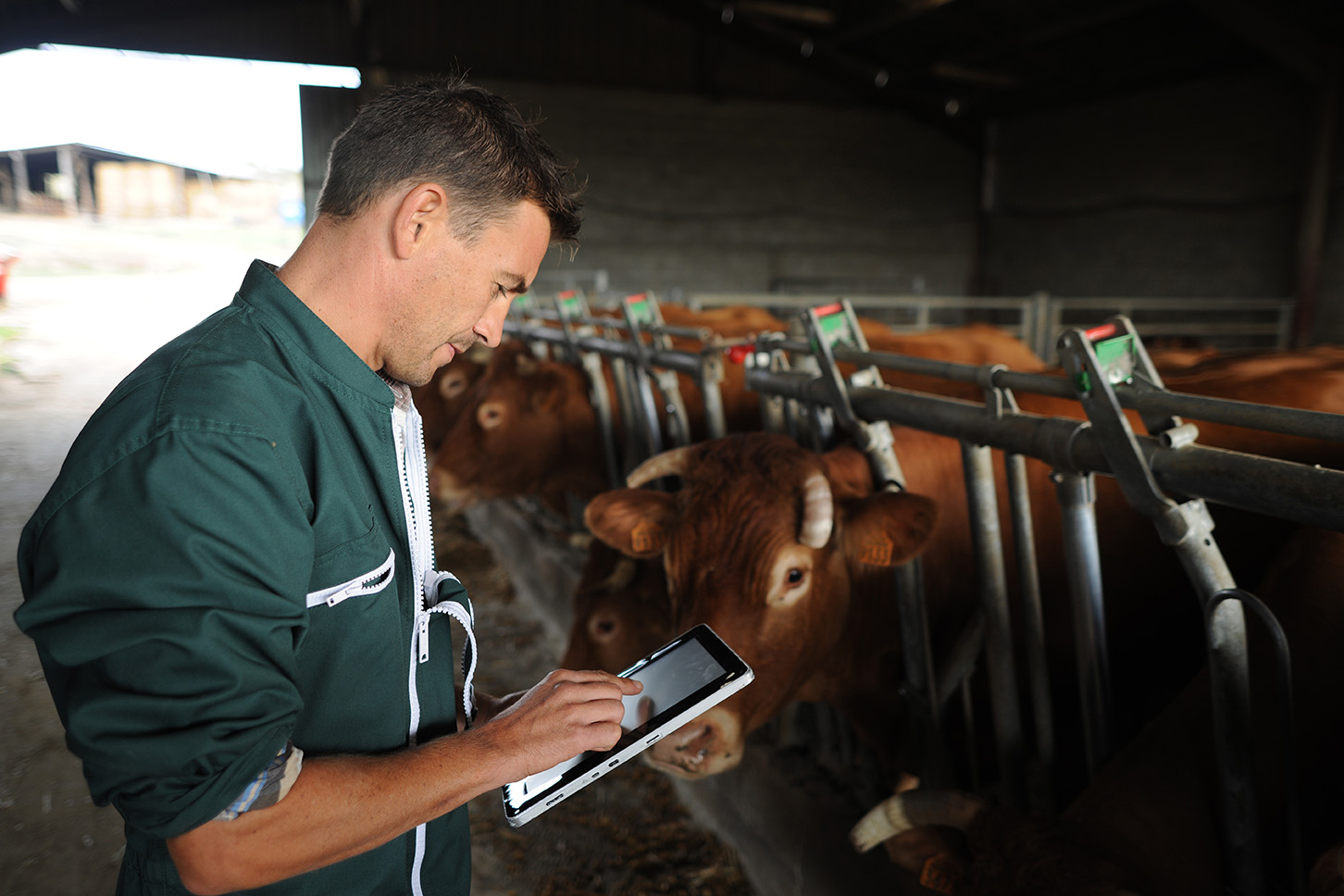
Achieving high performance in dairy farms-Experience
Dairy farming has developed very fast in the last years in China. Many factors can influence the milk production of dairy cows, such as genetics, management, nutrition, improved technology, etc.
At SanYuan we managed to reach the highest milk production level in China in the last decade. The purpose of this article is to report our experience. Which were the main factors for this great achievement?